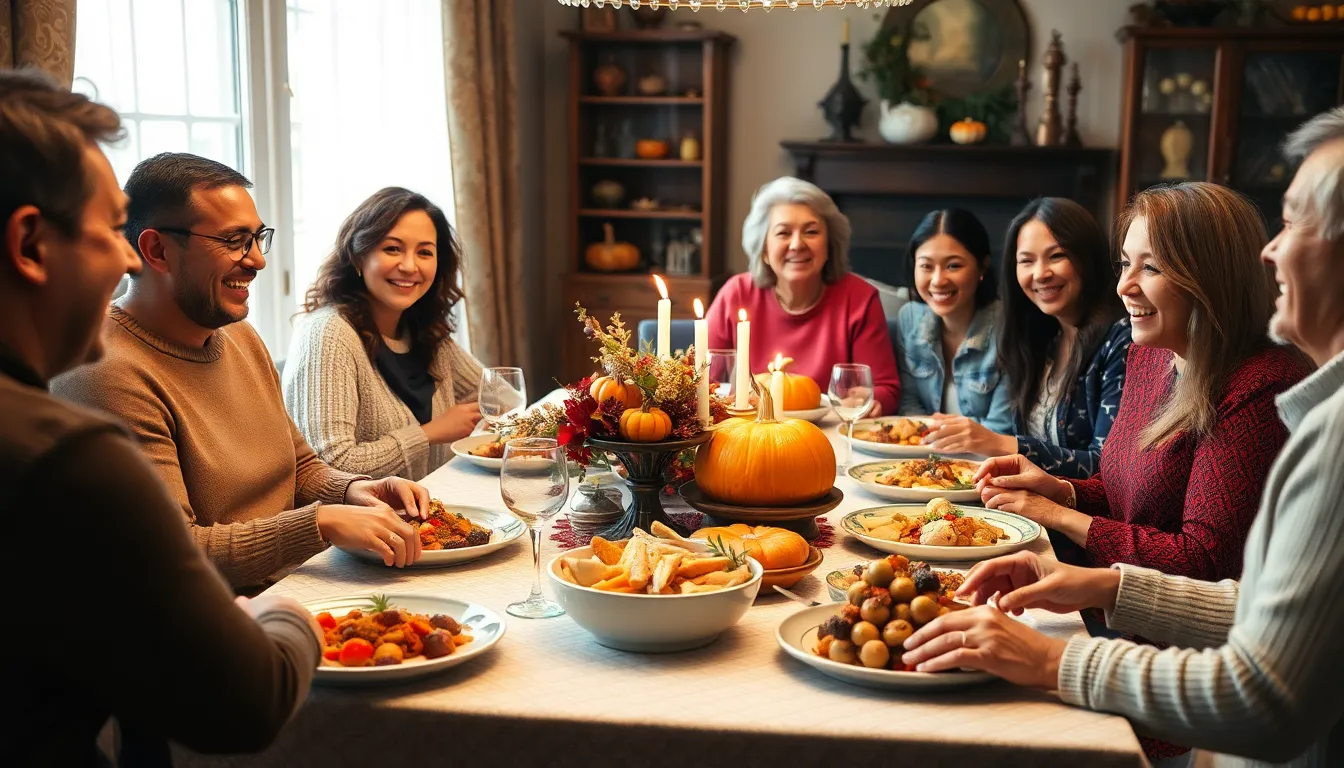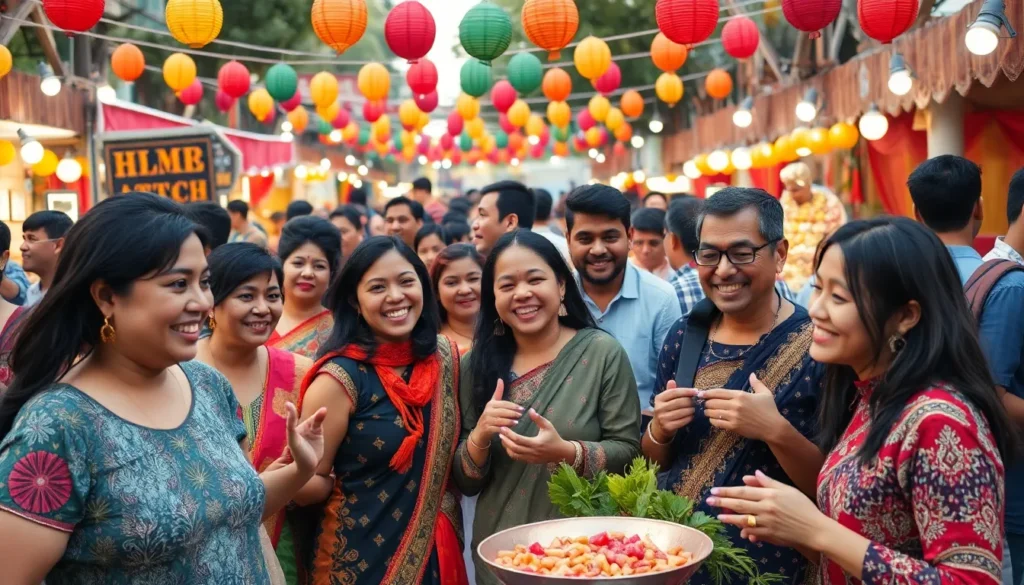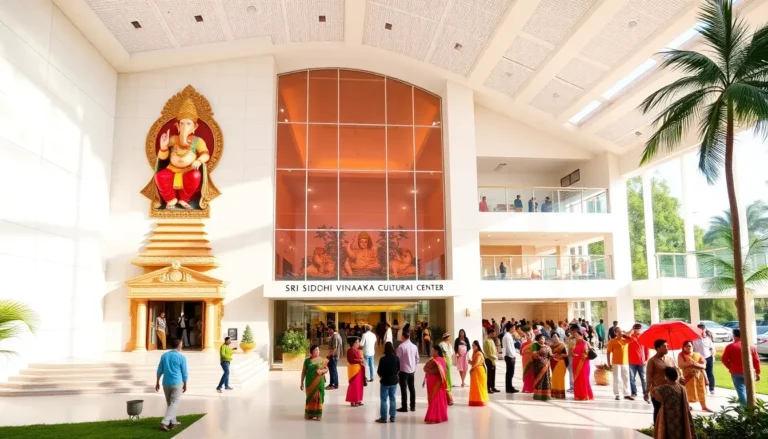Table of Contents
ToggleBeliefs and traditions—two words often tossed around like confetti at a parade. But what’s the real difference? While beliefs are those deep-rooted convictions that shape how someone views the world, traditions are the quirky rituals and practices that can make family gatherings feel like a scene from a sitcom.
Understanding Beliefs vs. Traditions
Beliefs serve as the foundation of an individual’s worldview. Convictions shape decisions, guiding principles, and ethical choices. For example, a person may believe in equality, which influences their interactions with others.
Traditions, in contrast, consist of rituals passed down through generations. These practices can include holiday celebrations or family gatherings. They often instill a sense of belonging and evoke nostalgia.
While beliefs can remain internal and private, traditions manifest externally and involve community participation. Traditions create lasting memories, making them significant in personal and communal contexts. Activities such as Thanksgiving dinners or holiday decorations exemplify this community aspect.
Beliefs may evolve over time as individuals encounter new information or experiences. Conversely, traditions often remain more stable, changing gradually or adapting to contemporary contexts. Each generation may reinterpret rituals to suit its values while maintaining core elements.
Beliefs and traditions, though interconnected, differ in nature and function. Beliefs influence individual behavior, while traditions create shared experiences. Understanding this distinction enhances appreciation for cultural practices and individual perspectives.
Key Differences Between Beliefs and Traditions

Understanding the distinction between beliefs and traditions clarifies their unique roles in shaping culture and identity. Each serves a different purpose in human experience.
Definition of Beliefs
Beliefs represent convictions that guide an individual’s values and decisions. These deep-rooted ideas stem from personal experiences, education, or cultural influences. An individual’s belief system often dictates their views on morality, ethics, and interpersonal relationships. For example, someone who believes in environmental sustainability will likely make lifestyle choices reflecting that value. Beliefs can transform as people encounter new ideas, fostering personal growth and reflection.
Definition of Traditions
Traditions encompass rituals and customs passed down through generations. These shared practices strengthen community bonds and create a sense of identity. Celebrations such as Thanksgiving and family reunions exemplify traditions that evoke nostalgia and belonging. Traditions often endure over time, instilling a sense of continuity while occasionally adapting to fit contemporary contexts. Different generations may reinterpret these customs to align with their values, yet the core essence remains intact.
The Role of Culture in Beliefs and Traditions
Culture significantly influences both beliefs and traditions. Various factors such as history, geography, and social dynamics shape individual convictions and practices. For instance, religious beliefs often stem from cultural contexts, affecting how communities view spirituality. This interaction highlights the importance of understanding local customs and values.
Traditions also reflect cultural heritage. They encapsulate communal values and reinforce social cohesion. Observing a festival, for example, often involves collective participation that strengthens community ties. While customs may evolve, their core elements remain recognizable. Community members pass down rituals, ensuring continuity across generations. Emphasizing cultural identity influences both beliefs and traditions, creating a rich tapestry of shared experiences.
Impact on Society
Beliefs and traditions significantly shape society. They influence social norms and cultural dynamics.
Positive Aspects
Beliefs foster individual growth and inspire community development. Traditions reinforce social cohesion by bringing people together during events such as holidays. A belief in equality promotes inclusivity, creating environments that welcome diverse perspectives. Celebrations rooted in traditions cultivate shared identities, allowing communities to showcase their unique heritage. Traditions provide a sense of stability and continuity, which enhances emotional connections among individuals. Additionally, shared beliefs can ignite movements, promoting social change and progress within societies.
Negative Aspects
However, beliefs and traditions can also have drawbacks. Rigid adherence to certain beliefs might foster intolerance towards differing viewpoints. Some traditions may perpetuate outdated practices, stifling diversity and inclusivity. Additionally, conflicts can arise when individuals challenge prevailing beliefs or request changes to traditional practices. Generational divides may emerge as younger individuals seek to reinterpret or discard outdated traditions, leading to social tensions. In extreme cases, harmful beliefs could justify discriminatory actions, undermining social harmony and ethical standards.
Recognizing the differences between beliefs and traditions is essential for navigating cultural landscapes. Beliefs shape individual perspectives and ethical choices while traditions foster community connections and shared experiences. This understanding enriches appreciation for diverse cultural practices and highlights how personal convictions and communal rituals interact.
As society evolves, both beliefs and traditions may adapt, reflecting contemporary values while maintaining their core essence. Embracing this distinction can lead to greater empathy and insight into the complexities of human behavior and social dynamics. Ultimately, acknowledging the unique roles of beliefs and traditions enhances one’s understanding of identity and belonging in an ever-changing world.







